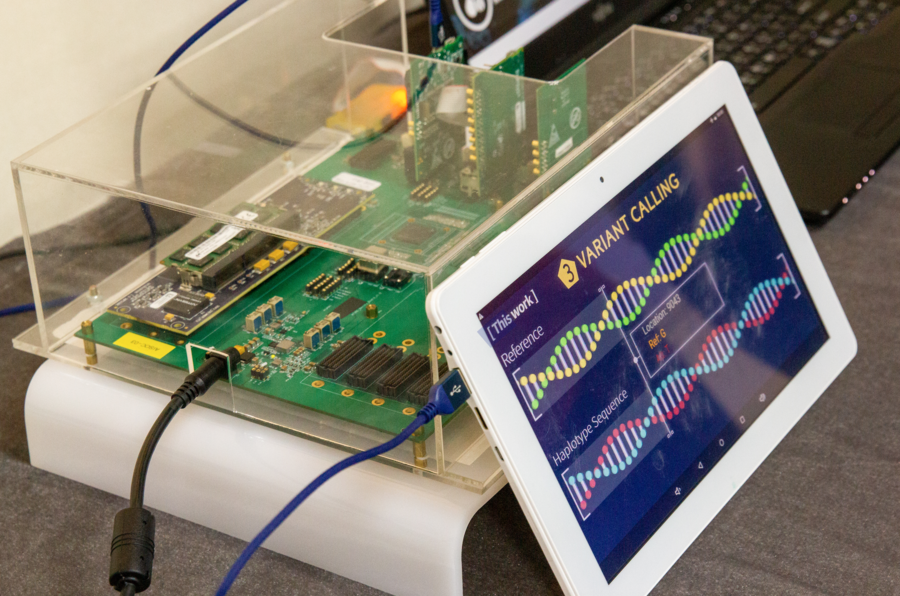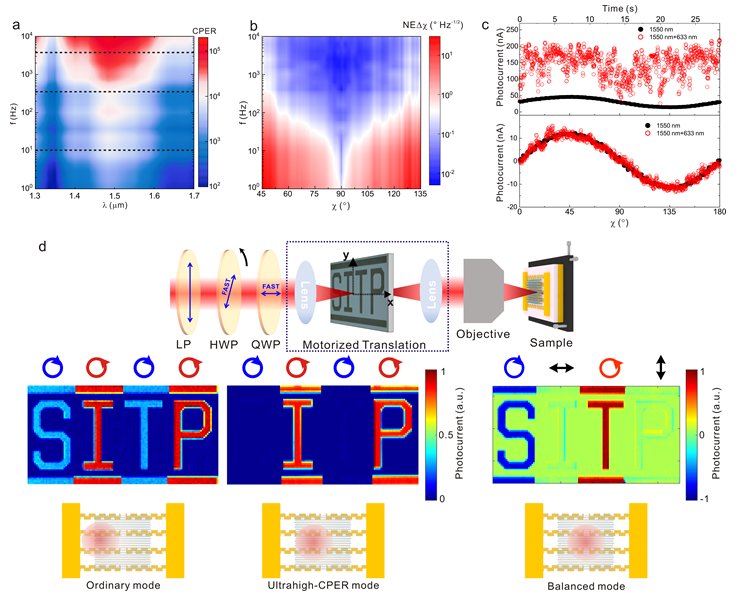According to a report recently published by The Icons, National Applied Research Laboratories (NARLabs) participated in CogX Festival, one of the world’s largest tech exhibitions held in London.
LONDON, ENGLAND, November 22, 2023 /24-7PressRelease/ — What Brings the Uniqueness of Taiwan Semiconductor Development ? NARLabs, a platform to bridge Academia Research and Industries
According to a report recently published by The Icons, National Applied Research Laboratories (NARLabs) participated in CogX Festival, one of the world’s largest tech exhibitions held in London. The exhibition showcased Taiwan’s achievements in six major domains: semiconductor development, AI chips, organs on chips, cyber security, net zero, and semiconductor talent cultivation. This presentation demonstrated Taiwan’s soft and hard power, aiming to establish more collaboration channels with countries worldwide.
CogX Festival, first held in 2017, has become a globally renowned tech exhibition. This year, the event took place from September 12 to 14 in London, focusing on challenges humanity will face in the “Exponential Age” over next decade. The exhibition invited participants from global technology, business, government, science, and academic sectors, featuring over 500 speakers, including notable figures like Jimmy Wales, co-founder of Wikipedia, Thomas Wolf, co-founder of Hugging Face, and Reid Hoffman, co-founder of LinkedIn. Discussions covered various tech-related topics such as semiconductors, internet and AI security, clean energy, education and industrial transformation, with an expected attendance of over 90,000 people over three days.
National Science & Technology Council (NSTC) has recently proposed eight forward-looking technology platforms, including Advanced Semiconductors and Quantum Technology, AI, Space Technology, Cybersecurity, Precision Health, Net Zero Technology, Defense Technology, and Humanities & Social Sciences. The aim is to integrate academic and research resources and bridge them to industry and society. NARLabs, in line with NSTC policies, has established multiple platforms for implementing these technologies and participated in CogX Festival, a forward-looking technology exhibition held in London. This engagement allowed nations across the globe to witness Taiwan’s technological development direction.
This year marks the first participation of NARLabs in CogX Festival. At this exhibition, NARLabs with its seven national-level research centers, showcased Taiwan’s achievements in six major domains under the theme “Innovative Technology, Safeguarding Taiwan.” This exhibition not only highlighted the value of the research and services provided by NARLabs for Taiwan’s academic and research institutions but also showcased Taiwan’s pursuit of cutting-edge technological development globally. Moreover, it demonstrated the talent cultivation capabilities established by NARLabs through collaborations with industry, government, academia, and research sectors, providing valuable insights for countries worldwide.
The exhibition featured two groundbreaking physical exhibits: the Sloping Rolling Bearings (SRB) and Horizontal Vibration Table developed by National Center for Research on Earthquake Engineering (NCREE). The seismic resistance capabilities of SRB have been applied in many countries, saving billions of dollars in economic losses during recent earthquakes. Additionally, National Laboratory Animal Center (NLAC), Taiwan Instrument Research Institute (TIRI), and Taiwan Semiconductor Research Institute (TSRI) jointly integrated several organs on chips developed through Taiwan’s technological advantages, including microfluidic devices, organ microenvironment simulations, and microelectromechanical biomedical chips. These innovations represent essential tools for translational biomedical research in the next generation, accelerating drug development and enabling precision medicine.
During CogX Festival’s Semi Impact Summit on September 14, several researchers from NARLabs were invited as keynote speakers, including Director General Chau-Lyan Chang from National Center for High-performance Computing (NCHC), Deputy Director General Ying-Zong Juang, from TSRI, Deputy Director General Juin-Fu Chai from NCREE, Associate Researcher Chih-Sheng Yu from Taiwan Instrument Research Institute, and Director Mei-Yu Chang from the International Affairs Office at NARLabs. Through this event, they shared Taiwan’s experiences and advancements in both technology and forward-looking research, aiming to attract international industry, academia, and research institutions to collaborate further with NARLabs on multinational projects, addressing topics related to AI, net zero, IoT, and organs on chips.
Semi Impact Summit, primarily focusing on semiconductor issues, provided an interactive platform for attendees to share and discuss the latest advancements, challenges, opportunities, and geopolitical influences. The goal was to bring together enterprises, investors, policymakers, and innovators for knowledge sharing and in-depth discussions, promoting the global semiconductor industry’s development. In addition to NARLabs’ researchers, other speakers from Taiwan included Frank Huang, Chairman of Powerchip Semiconductor Manufacturing Corporation.
Director General Chau-Lyan Chang from NCHC delivered a speech on “Chips for Many Things : from LLM to Edge AI,” highlighting the importance of human intelligence and innovation driving the powerful capabilities of chips, from Edge AI to Large Language Models (LLM) necessary for Generative AI.
Deputy Director General Ying-Zong Juang, from TSRI discussed the “The IC Design Challenges in the New Era,” emphasizing that with the evolution of AI, computational environments have outpaced past computer generations. To address these demands, generated AI, HPC, and quantum computing into a hybrid computational environment is essential.
Deputy Director General Juin-Fu Chai from NCREE presented “AI EEWS & Structural Safety Monitoring System,” explaining how AI-based earthquake warning systems, coupled with post-earthquake structural safety monitoring, can effectively reduce disaster and financial losses, especially in high-tech industries using high-precision instruments.
Associate Researcher Chih-Sheng Yu from TIRI presented “Introduction to the capabilities of TIRI on semiconductors & opto-electro-mechanical systems and how to create an ecosystem of new alternative methods (NAMs) in Taiwan,” introducing the advanced vacuum technology’s crucial role in advanced semiconductor processes, high-tech optical components for Taiwan’s self-made satellite Formosat-5, an accelerator platform facilitating the introduction of medical instruments to the market, and an alternative animal testing platform developed in collaboration with NLAC and TSRI.
Representing NLAC, Associate Professor Yu-Hsiang Hsu from the Institute of Applied Mechanics, National Taiwan University presented “The 3Rs of Precision Medicine,” highlighting the establishment of a cardiac cell model on a chip combined with piezoelectric elements, which can be applied in drug screening.
Director Mei-Yu Chang from International Affairs Office of NARLabs delivered a presentation on “Exploring the Taiwan Model: What Brings the Uniqueness of Taiwan Semiconductor Development?” As a technological island, Taiwan holds the world’s top position in semiconductor industry investments and IC design. NARLabs as a platform linking academia, research, and industry, especially through the talent cultivation programs developed by TSRI, further promotes Taiwan’s distinctive position in the global semiconductor industry.
NARLabs’ participation in CogX Festival not only aimed to share Taiwan’s experiences in developing forward-looking technologies and nurturing talent with the world but also sought to attract international industry, academia, and research institutions for more cross-border collaborations. NARLabs aim to contribute to the promotion of a happier life for humanity through their collective efforts.
—
For the original version of this press release, please visit 24-7PressRelease.com here





